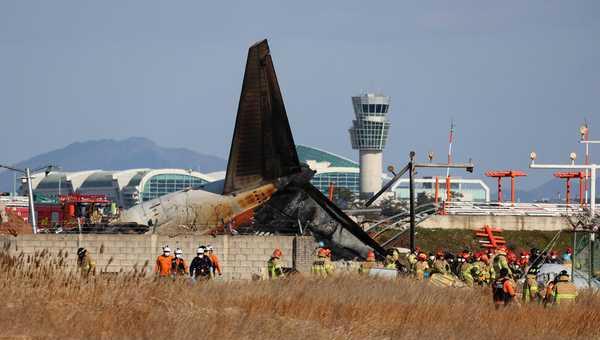Bird Strikes and Aircraft Safety: The Korean Air Incident
A Korean Air Boeing 737-800 crash at Gimhae Airport highlights broader aviation safety concerns around bird strikes. While bird strikes are common with over 20,000 incidents annually worldwide, modern aircraft are designed to withstand them, suggesting other factors in this tragic accident.

The recent crash of a Korean Air passenger aircraft has brought renewed attention to aviation safety and the complex relationship between wildlife and air travel. The incident, which resulted in multiple casualties, occurred when the aircraft attempted to land at Gimhae Airport after reportedly encountering a bird strike.
Bird strikes in aviation are remarkably common. According to the Federal Aviation Administration (FAA), there are over 20,000 reported bird strike incidents globally each year, with U.S. civil aviation alone recording around 18,400 cases in 2023. However, modern commercial aircraft are specifically engineered to withstand such encounters.
Aircraft certification standards require planes to maintain flight capability after impact with birds weighing up to 1.8 kg (4 pounds), while tail structures must withstand collisions with birds up to 3.6 kg (8 pounds). This engineering requirement means that a bird strike alone rarely results in catastrophic failure.
The Boeing 737-800 involved in this incident has a particularly strong safety record. As the best-selling commercial aircraft series in history, it typically operates 4-5 flights daily and has proven highly reliable over decades of service. This makes the crash especially noteworthy and suggests that multiple factors may have contributed to the tragedy.
Initial reports indicate that the aircraft’s landing gear failed to deploy properly during the attempted landing. While bird strikes can cause significant damage, particularly to engines, they typically do not affect mechanical systems like landing gear deployment, which has redundant activation methods including gravity-assisted emergency release.
The relatively short runway at Gimhae Airport may have complicated the emergency landing attempt. However, examining the sequence of events raises questions about decision-making and crew response procedures during the crisis. The absence of deployed spoilers and landing gear suggests possible issues with emergency protocols or system failures beyond the initial bird strike.
Airports worldwide employ various bird control measures to minimize collision risks. These include acoustic deterrents, radar systems for bird detection, and dedicated wildlife management teams. The effectiveness of these measures at Gimhae Airport and their role in this incident will likely be scrutinized as part of the investigation.
As investigators analyze the flight data recorders and wreckage, they will focus on understanding the complete chain of events that led to this tragedy. The combination of mechanical systems, human factors, environmental conditions, and emergency response procedures will all be examined to prevent similar incidents in the future.